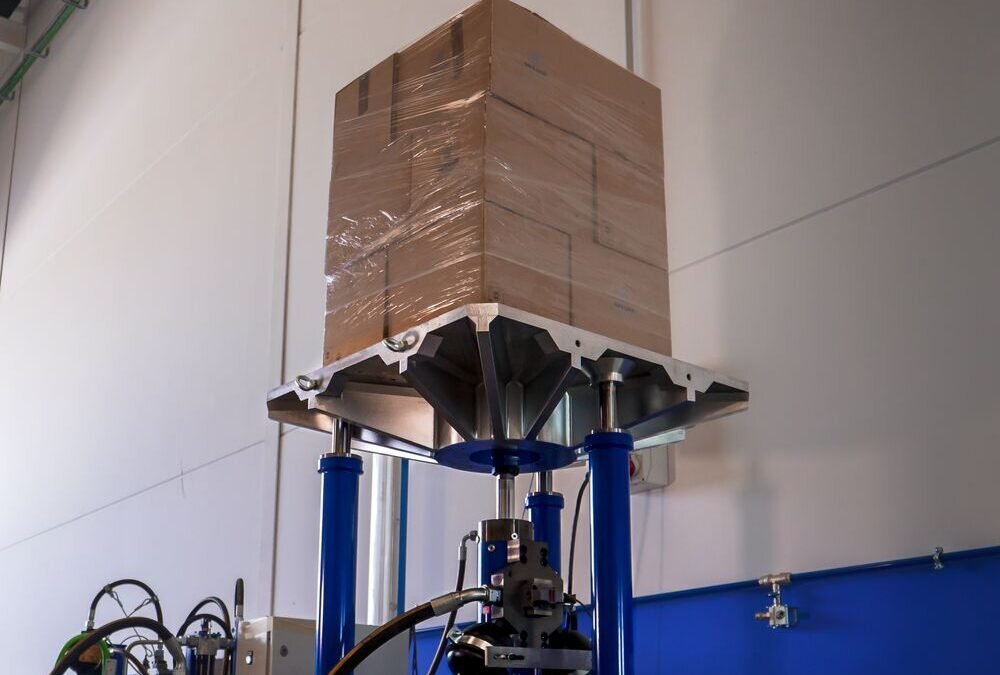Packaging Testing: ISTA 6 Amazon Test
ISTA 6 sets the bar for packaging resilience, tailored to Amazon's strict standards. AscendTech Group complements this with precision in vibration and shock testing, offering businesses a competitive edge in ensuring package durability and customer satisfaction. Together, they navigate the challenges of the supply chain, propelling businesses toward success in the ever-evolving world of online retail.
Shock Testing
Shock testing is a critical process used across various industries to evaluate the resilience and reliability of products subjected to dynamic mechanical forces. This comprehensive guide explores the fundamentals of shock testing, emphasizing the significance of classical shock pulses, the types of shock testing machines, and the key steps involved in conducting shock tests on electrodynamic shakers.
Shock Response Spectrum Analysis Approach for Optimal Design of Electronic Devices
The Shock Response Spectrum (SRS) is a vital tool in the design of electronic devices. It provides engineers with a graphical representation of the device's response to shock loads, helping them optimize its shock resistance. By analyzing the SRS curve, engineers can identify critical frequencies, make informed design decisions, and improve reliability. The SRS analysis ensures cost-effective design, reduces the risk of failure during shocks, and enhances overall device performance.
The Importance of Shock and Vibration Compliance Tests in Product Design
Shock and Vibration Compliance Testing is an essential part of product development for manufacturers across various industries. These tests ensure that products can withstand environmental stressors and meet necessary compliance standards, providing peace of mind to manufacturers and customers alike. At our ISO 17025 accredited laboratory SAC Singlas, our experienced team of engineers uses the latest testing equipment to conduct these tests efficiently and effectively. By partnering with us for your testing needs, you can ensure that your products meet compliance standards, are reliable, safe, and meet customer expectations.
Random Vibration Testing
A random vibration test is a test that simultaneously sends random vibrations that over time include the entire vibration test’s frequency range. Electronic and mechanical components may be mounted on an electromagnetic shaker table for the purpose of random vibration testing.
The shaker provides a base input to the test item. A control computer applies a random vibration signal to the shaker via a power amplifier. The shaker applies mechanical vibration to the test item. The shaker vibration is monitored by accelerometers. The accelerometers provide a feedback signal to the control computer.
Mechanical Shock Testing Introduction
In the world of mechanics, precision is key. Before products and designs can go out into the world, engineers need to understand every possible facet of their work. How strong is it? How fast, flexible, and durable is it? The answer is to create tests that mimic potential conditions the design might face, to evaluate how well the design performs against them. One such test is one that we call mechanical shock testing. This test is critical to the safety of many different types of mechanical designs.
Drop Shock Testing for Products and Packaging
Many products will experience shock vibration during shipping and handling or in use. These shocks may be infrequent, such as an accidental drop or repetitive, as with transportation over rough road conditions. Vibration test engineers use shock testing to simulate these conditions in the lab and confirm the structural integrity of the device.







